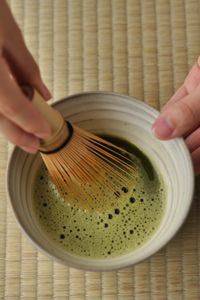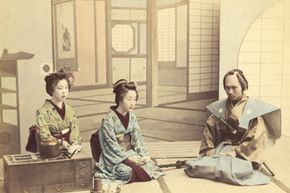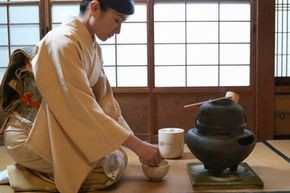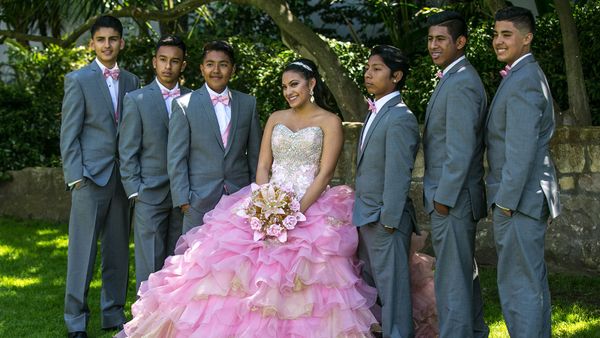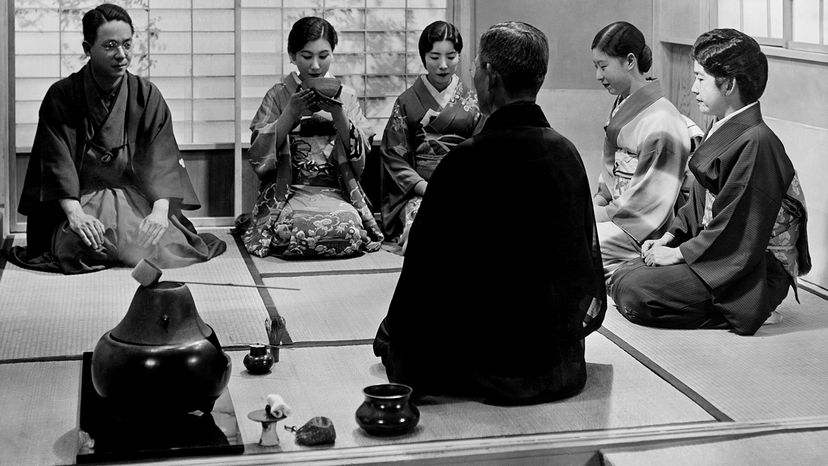
A tea ceremony isn't your average tea party. There aren't any scones or Mad Hatters. Rather, a tea ceremony is a solemn, symbolic and profound affair. Many Asian countries practice some sort of tea ceremony, but perhaps the most famous version is the one performed in Japan. When you attend a Japanese tea ceremony, you're taking part in a historic tradition, one that allows you to seek enlightenment and search for beauty and peace in our hectic world.
Tea ceremonies are governed by a concept known as ichgio ichie, or one time, one meeting. Even though the same series of tasks is performed at every tea ceremony, there is an awareness of the fact that every moment that the host and guests spend together is a unique one that can't be duplicated. Understanding this concept forces participants to slow down and focus on each second, appreciating it for its distinctiveness, and it also forces the host to put on a special, meaningful event.
Advertisement
Long before the guests arrive, the host of the ceremony is hard at work on a to-do list that would make Martha Stewart shudder. The host must devise a theme for the event, such as an appreciation for sunrise or sunset or an awareness of the changing of the seasons. To emphasize this theme, the host selects a calligraphy scroll and creates flower arrangements that will accent the tearoom. Tearooms are traditionally entered through a garden, so in addition to cleaning the room, the host must also tend and clean the garden. One of the most difficult tasks might be selecting the utensils that will be used to serve the tea since there is a wide array of bowls that are made specifically for these ceremonies. Depending on the type of ceremony, a meal must be prepared, and of course the finest tea must be procured. In other words, the tea ceremony host must be a master of many Japanese arts, from calligraphy to ceramics, and tea masters study for decades to stage one event.
What happens once the guests arrive? We'll delve further into the tea ceremony next.
Advertisement
